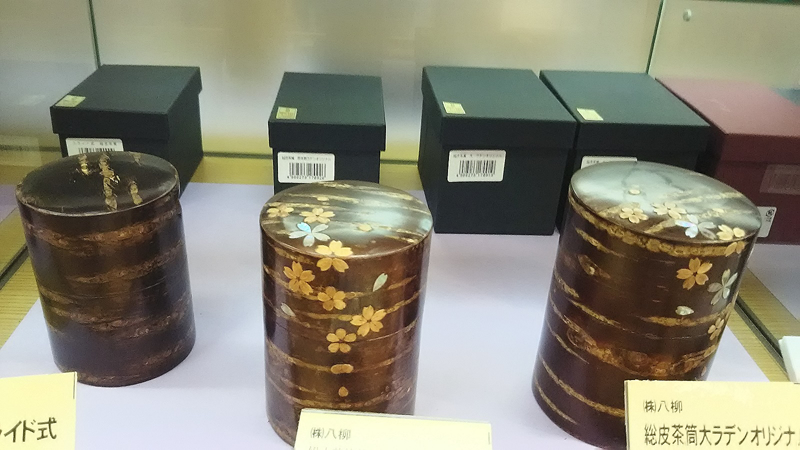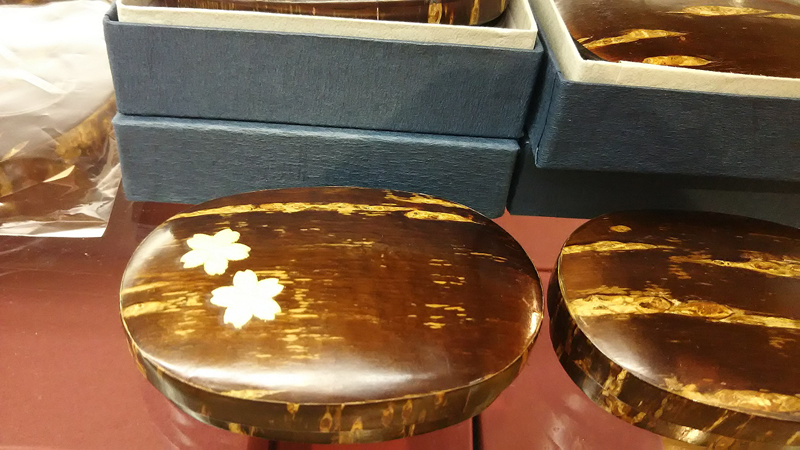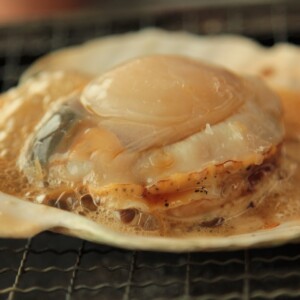
The traditional craft "Byazai-Kage" is a slightly cherry-colored craft, and its uses are also very interesting! [Akita Prefecture]
table of contents
Kabazaiku is one of the traditional crafts of Akita Prefecture. Akita Prefecture, which has an abundance of wood, including Akita cedar, is also good at woodworking, and other wooden products include bento boxes
Akita Prefecture's birch crafts are characterized by their elegant construction, with subtle cherry blossom-colored patterns emerging from the bark of the trees. We will introduce some birch crafts that you should check out as souvenirs from Akita.
"Birch crafts" that don't use birch! The raw material is "cherry blossoms"

"kaba zaiku" (birch) is used, the raw material is actually not birch but mountain cherry trees . Cherry trees are reddish-brown in color, and even small items made from the bark alone are beautiful.
When making accessories, the unique patterns of the bark are used to their full potential. However, Akita Prefecture birch crafts often have cherry blossoms carved into the bark pattern, and the way the petals sparkle in different light creates the impression of cherry blossoms in bloom in the spring
Was it originally a part-time job for samurai? The history of birch crafts

It is said that birch crafts were brought to Akita by the Satake Kita clan, who ruled Kakunodate. They spread from the Ani region to Kakunodate, and eventually spread throughout Akita Prefecture. This was 230 years ago. At the time, inro (seal cases) and doran (doran) were commonly made
Making birch crafts was also a part-time job that lower-ranking samurai did to earn money. When we think of traditional crafts, we tend to think of them as being made by skilled artisans, but it has a history of being passed down from the samurai class and developing as a part-time job for samurai. It's interesting, isn't it?
Nowadays, they also make chests of drawers and tea caddies!

Biba crafts have traditionally been made mainly of small items. Items such as inro (seal cases) and doran (doran) are among the most useful items in the daily lives of samurai. However, today they are processed into a variety of items, including chests of drawers, tea canisters, tobacco cases, letter cases, clocks, boxes, brushes, sheaths for Japanese swords, and trays

Tea canisters are something you often see in souvenir shops. While birch chests and other items are often expensive due to their large size, tea canisters are relatively affordable. Another reason is that the characteristics of wild cherry bark, which is the raw material for birch crafts, make it very suitable for tea canisters, so it is often made into tea canisters
Crafts made from cherry bark have the property of maintaining a constant humidity level and protecting the contents from drying out. This is why, if you want to prevent the contents from deteriorating, you can put them in a birch craft to protect them from drying out. Tea leaves and tobacco are exactly the kinds of things you don't want to dry out

Recently, they have been made into small items such as toothpick holders, stands, hand mirrors, and coasters. Small everyday items can be purchased for under 1,000 yen. Hand mirrors for everyday use are recommended as souvenirs for women
lastly
Birch crafts are crafts that feature the distinctive reddish-brown color of cherry bark. Birch crafts from Akita are particularly popular as everyday accessories for women, as they have patterns such as cherry blossom petals carved into the bark. It is interesting to note that the part-time work of samurai, which spread from the samurai town of Kakunodate to all over Akita, has developed into the traditional crafts of today
Birch crafts are a traditional craft that represents Akita. When you visit Akita, be sure to take a look at the rows of birch crafts lined up in souvenir shops. It's fascinating to see how even the same tea caddies are all unique


![What is Kawatsura Lacquerware? A Traditional Japanese Craft Widely Popular for Its Ease of Use [Akita Prefecture] 01 Kawatsura lacquerware](https://jp.neft.asia/wp-content/uploads/2022/04/1114a4c8cf700c4923e1733ae17c70c3-150x150.jpg)
![Hot springs gush out in a place where there are no volcanoes! "Yuzawa Geopark" where you can see the mystery of the earth up close [Akita Prefecture] 4550228_m](https://jp.neft.asia/wp-content/uploads/2023/02/4550228_m-150x150.jpg)
![The popular game "Matagi" started in Kitaakita City! [Akita Prefecture] matagi](https://jp.neft.asia/wp-content/uploads/2024/04/matagi-150x150.jpg)
![Yurihonjo City, where Honjo, Kameda and Yajima domains were intersected between the Kubota and Shonai domains [Akita Prefecture] FF2C8AAA4350E7E179F97F97B38B3A2302F-1](https://jp.neft.asia/wp-content/uploads/2024/04/ff2c8aaa4350e7e179f97f38b3a2302f-1-150x150.jpg)
![Why do Nama balds take knives to tempt people - Oga Peninsula and the Legend of the Demon (1) [Akita Prefecture] New Year's Eve Event 001 @OGA City](https://jp.neft.asia/wp-content/uploads/2024/10/00bf8a32651033edd1191ba2d04c6f61-150x150.jpg)
![Akita Cedar, which has been close to people's lives since ancient times, is a close look at the reasons and secrets [Akita Prefecture] Ninfu Mizusawa Cedar Rare Population Protection Forest (Noshiro City, Akita Prefecture)_Travel Tohoku](https://jp.neft.asia/wp-content/uploads/2025/05/792bcbe7d9fd514753f4deeaca3de33f-150x150.jpg)
![The submerged forests of Lake Akiogi can only be seen from May to June! A mysterious sight with trees floating in the lake [Akita Prefecture] Submerged forest of Lake Akifan](https://jp.neft.asia/wp-content/uploads/2023/07/IMG_5033-150x150.jpg)
![[Chokaisan and Tobishima Geopark: Yurihonjo Edition] A strata from when Japan was the Eurasian continent can be seen B5C46A18BC0CC0CC0E9AD08084EAA5B](https://jp.neft.asia/wp-content/uploads/2024/04/b5c46a18bc0cc79de0e9ad08084eaa5b-150x150.jpg)











